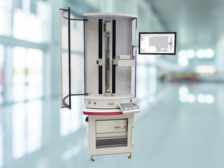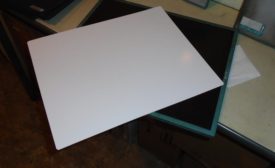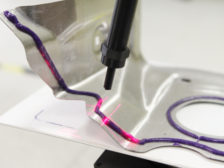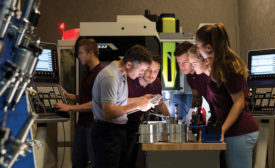Home » manufacturing
Articles Tagged with ''manufacturing''
Face of Quality
Redefine Audit Strategy
Organizations Have Been Forced to Redefine Their Quality Audit Strategies.
June 8, 2021
Quality 101
How to Choose the Best Shaft Measurement Tool for your Specific Application
There are Three Primary Options Available Today for Shaft Measurement: Optical, Tactile, and a Combination System
June 7, 2021
NDT | Training
Remote Visual Inspection an Important Part of the NDT Toolbox
Remote Visual Inspection has Provided Key Inspection Data While Maintaining Safety for its Operators.
June 7, 2021
NDT | Back 2 Basics
The Basics of Digital X-Ray Inspection
Conventional Radiography Will Continue to Have a Pace in NDT, but Digital Radiography is the Future
June 7, 2021
Speaking of Quality | Charles W. (Wes) Shelton
Measurement System Analysis More Than a Line on a PPAP Submission
June 1, 2021
Inspection
Quality and Process Control for the Dispensing Process
For Many Applications, Good Robot Programming is an Art.
May 18, 2021
Face of Quality | Jim L. Smith
Commit to Improvement
Real continuous improvement requires rigor and discipline.
May 7, 2021
Scaling data collection systems to growing operations
Today’s automated data collection systems can help companies boost efficiency, even as their requirements change.
May 6, 2021
Stay in the know with Quality’s comprehensive coverage of
the manufacturing and metrology industries.
eNewsletter | Website | eMagazine
JOIN TODAY!Copyright ©2024. All Rights Reserved BNP Media.
Design, CMS, Hosting & Web Development :: ePublishing











